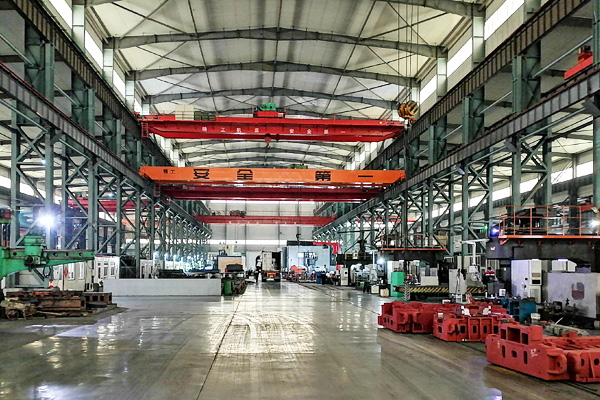Product Details
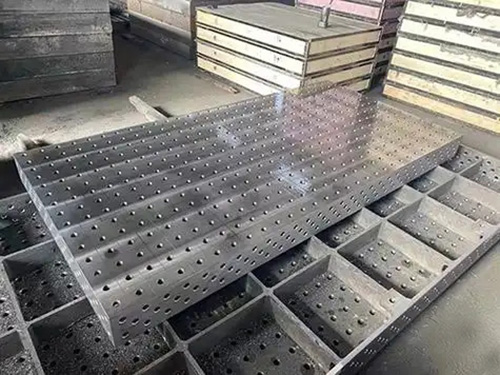






welding robot
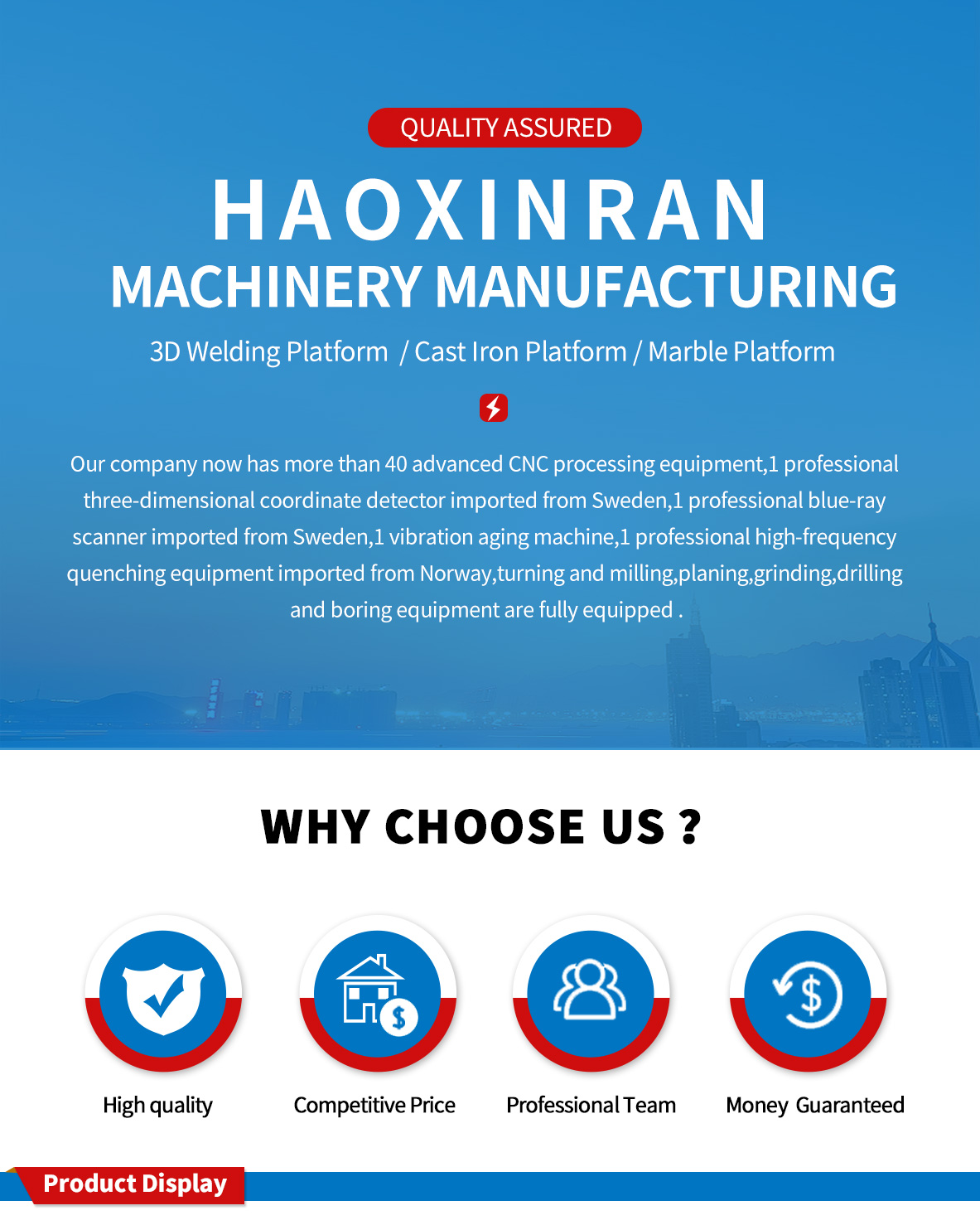
A welding robot is an automated machine designed to perform welding tasks with high precision and efficiency.Here is a comprehensive overview:
Types
Articulated Robots:These are the most common type,featuring multiple joints that allow for a wide range of motion.They can reach complex positions and angles,making them suitable for various welding applications,such as automotive body welding.
Cartesian Robots:Operate along three linear axes(X,Y,and Z),providing precise straight-line movements.They are often used in simple,repetitive welding tasks where a high degree of accuracy in a specific plane is required.
SCARA Robots:Have a selective compliance assembly robot arm design,which offers high speed and accuracy in a horizontal plane.They are suitable for applications that involve a lot of lateral movement,such as welding small-to-medium-sized components on a flat surface.
Advantages
High Quality Welds:Welding robots can maintain a consistent welding speed,arc length,and torch angle,resulting in uniform and high-quality welds with fewer defects compared to manual welding.
Increased Productivity:They can work continuously without interruption,except for maintenance,and can operate at a faster pace than human welders,significantly increasing the production output.
Improved Safety:By removing human workers from hazardous welding environments,the risk of exposure to heat,fumes,sparks,and radiation is eliminated,enhancing workplace safety.
Cost-Effectiveness:In the long run,although the initial investment in a welding robot is high,it can lead to cost savings through reduced labor costs,lower material waste,and increased production efficiency.
Disadvantages
High Initial Cost:The purchase,installation,and programming of a welding robot system can be expensive,including the cost of the robot itself,peripheral equipment,and training.
Complex Programming:Requiring skilled technicians to program and maintain,the process of programming a welding robot can be complex and time-consuming,especially for complex welding tasks.
Limited Flexibility:While they are highly efficient for repetitive tasks,welding robots may lack the flexibility to handle unexpected changes in the welding process or workpiece geometry as easily as human welders.
Applications
Automotive Manufacturing:Welding robot is widely used in automotive factories for tasks such as welding car bodies,chassis components,and exhaust systems.
Aerospace Industry:In the production of aircraft,they are used to weld high-strength alloys and perform precise welding on complex structural components.
Electronics Manufacturing:For welding small-scale components and circuit boards with high precision requirements.
General Metal Fabrication:In workshops that produce metal structures,such as bridges,buildings,and machinery,welding robots are used to improve the quality and efficiency of welding.
| D28 Welding Table Quotation List | |||||||
| specifications ( mm) | leg of a table | weight (kg) | Material model | ||||
| 1000*800*200 | 4 | 240 | 2D D28 SteelSeries |
3D D28 Cast Iron Series |
3D cast ironnitriding series | 3D Steel Series | 3D Steel Nitriding Series |
| 1000*1000*200 | 4 | 280 | |||||
| 1200*800*200 | 4 | 280 | |||||
| 1200*1000*200 | 4 | 330 | |||||
| 1200*1200*200 | 4 | 380 | |||||
| 1500*1000*200 | 4 | 380 | |||||
| 1500*1500*200 | 4 | 600 | |||||
| 2000*1000*200 | 4 | 500 | |||||
| 2000*1500*200 | 4 | 750 | |||||
| 2000*2000*200 | 5 | 1100 | |||||
| 2400*1200*200 | 6 | 750 | |||||
| 2500*1500*200 | 6 | 950 | |||||
| 2500*2000*200 | 8 | 1250 | |||||
| 3000*1000*200 | 6 | 800 | |||||
| 3000*1500*200 | 6 | 1100 | |||||
| 3000*2000*200 | 8 | 1500 | |||||
| 3000*2500*200 | 8 | 2000 | |||||
| 3000*3000*200 | 10 | 2500 | |||||
| 4000*1000*200 | 6 | 1100 | |||||
| 4000*2000*200 | 8 | 2100 | |||||
| 5000*2000*200 | 10 | 2700 | |||||
| 6000*2000*200 | 14 | 3500 | |||||
| D16 Welding Table Quotation List | |||||||
| Material model | |||||||
| specifications ( mm) | leg of a table | weight (kg) | 2D Steel Series | 3D Cast Iron Series | 3D cast ironnitriding series | 3D Steel Series | 3D Steel Nitriding Series |
| 1000*1000*150 | 4 | 200 | |||||
| 1200*1000*150 | 4 | 250 | |||||
| 1500*1000*150 | 4 | 300 | |||||
| 2000*1000*150 | 6 | 400 | |||||
| 2400*1200*150 | 6 | 500 | |||||
| 3000*1500*150 | 6 | 800 | |||||
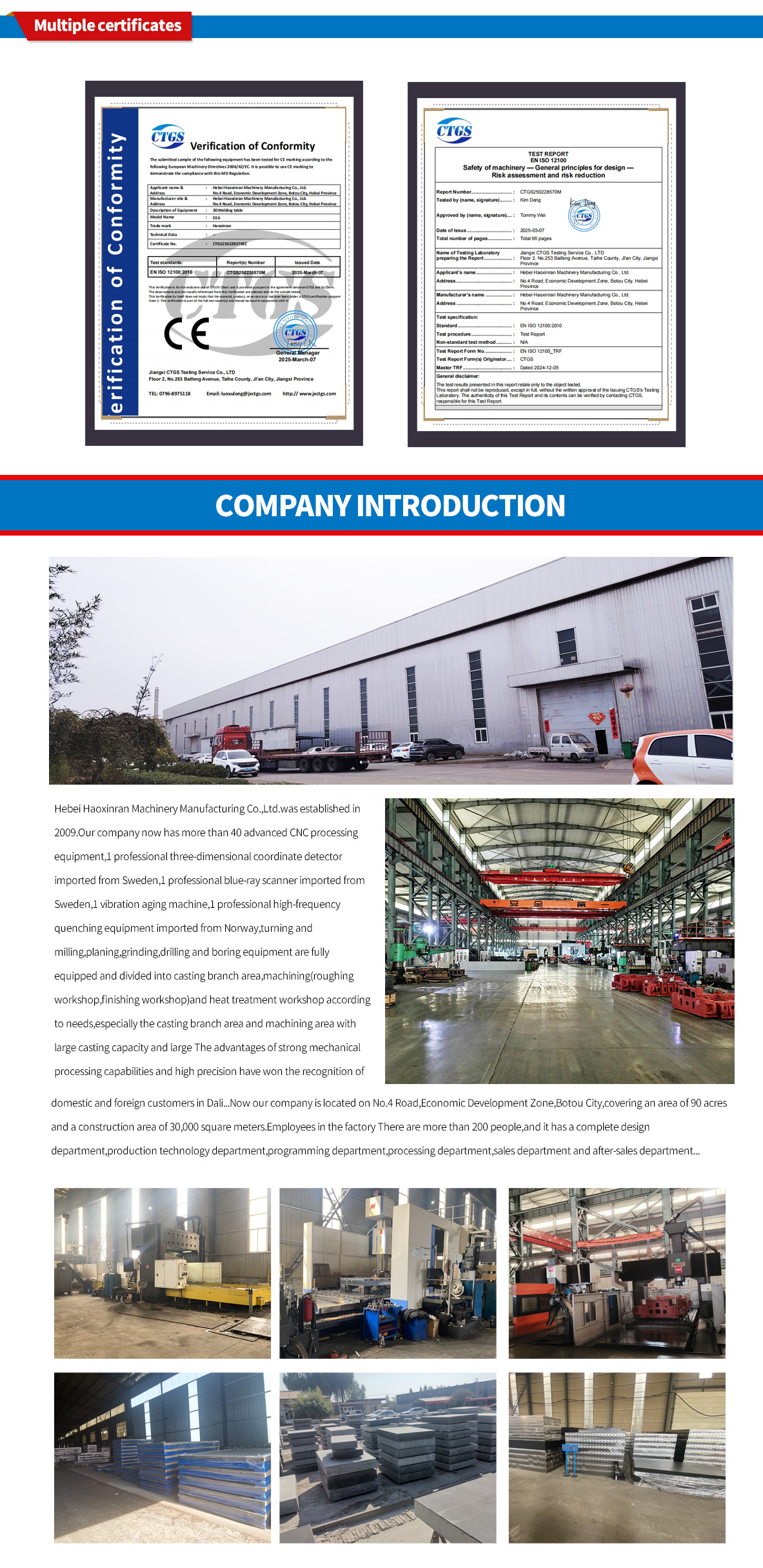
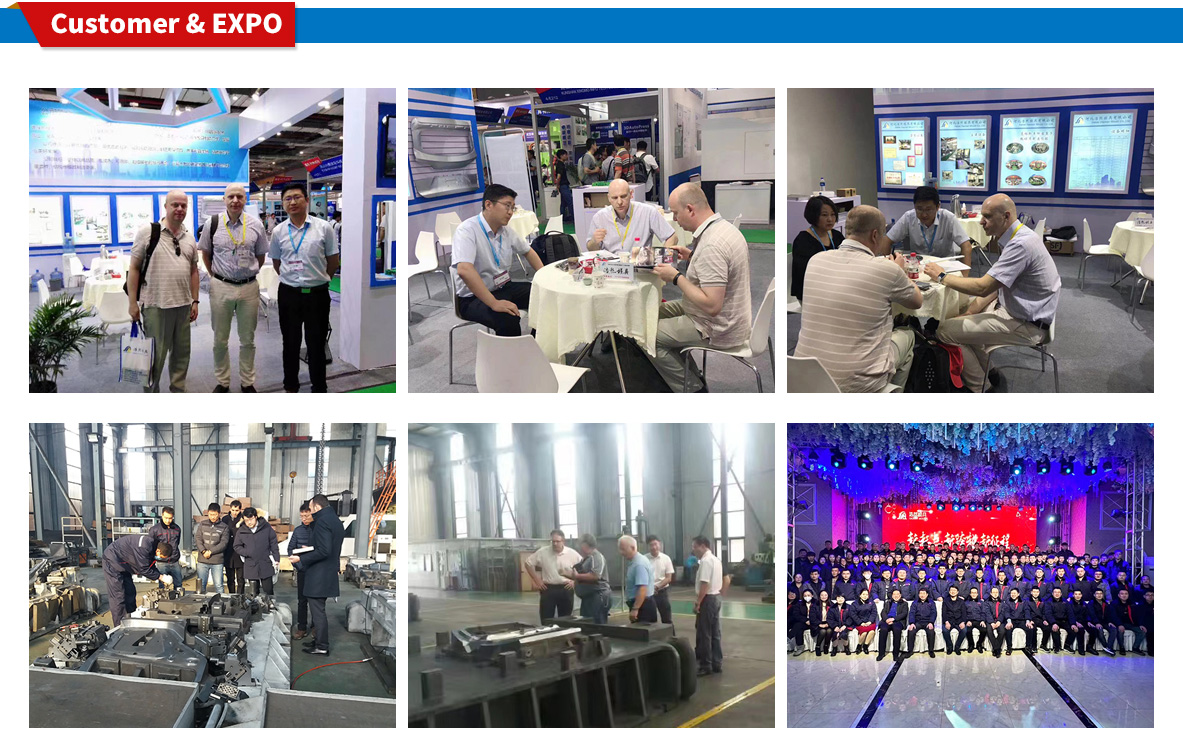
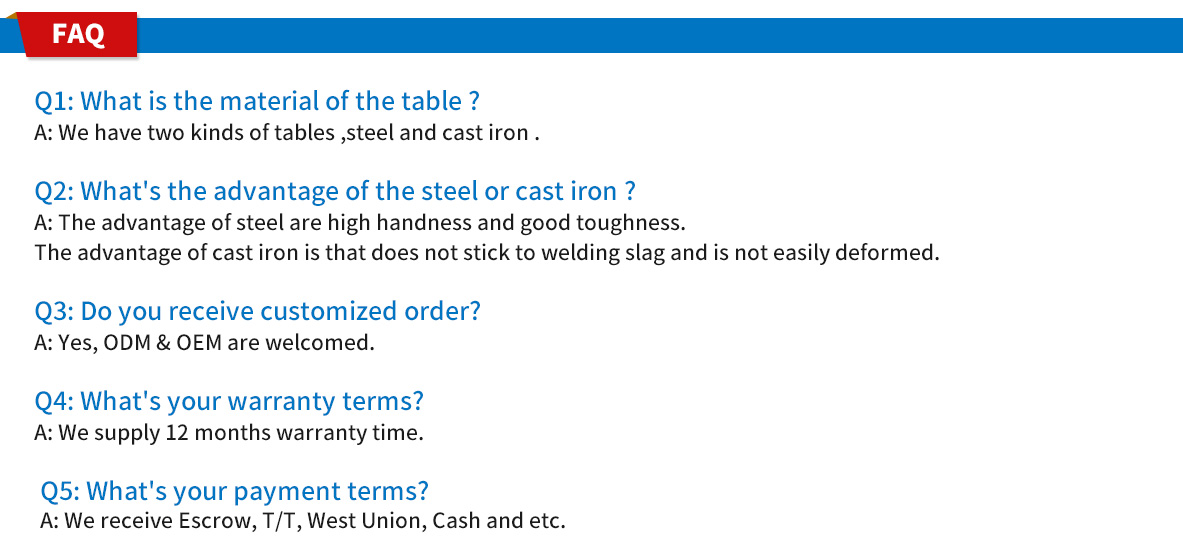
 HOT NEWS
HOT NEWS
-
How to Maintain Granite Platforms in Dusty Environments
2025-11-24 02:03:22
-
Modular Welding Tables: Boosting Accuracy and Efficiency in Fabrication
2025-11-21 12:25:54
-
Comprehensive Guide to Surface Treatment for Cast Iron Platforms
2025-11-18 12:25:34
-
Best Welding Table Options for Small Workshops
2025-11-15 10:33:25
-
Flexible Welding Tooling Solutions from China Manufacturer
2025-11-12 09:40:09
 CONTACT US
CONTACT US
—— E-mail:project@haoranmj.com
—— Whatsapp:+86 18932785670
—— Tel:+86 18932785670
—— Add:Across from Sanjing Distillery on Road 4, Botou Economic Development Zone, Cangzhou City, Hebei Province









